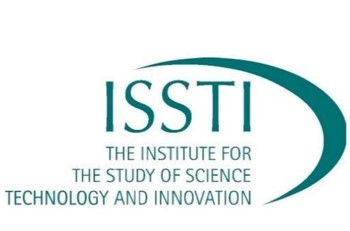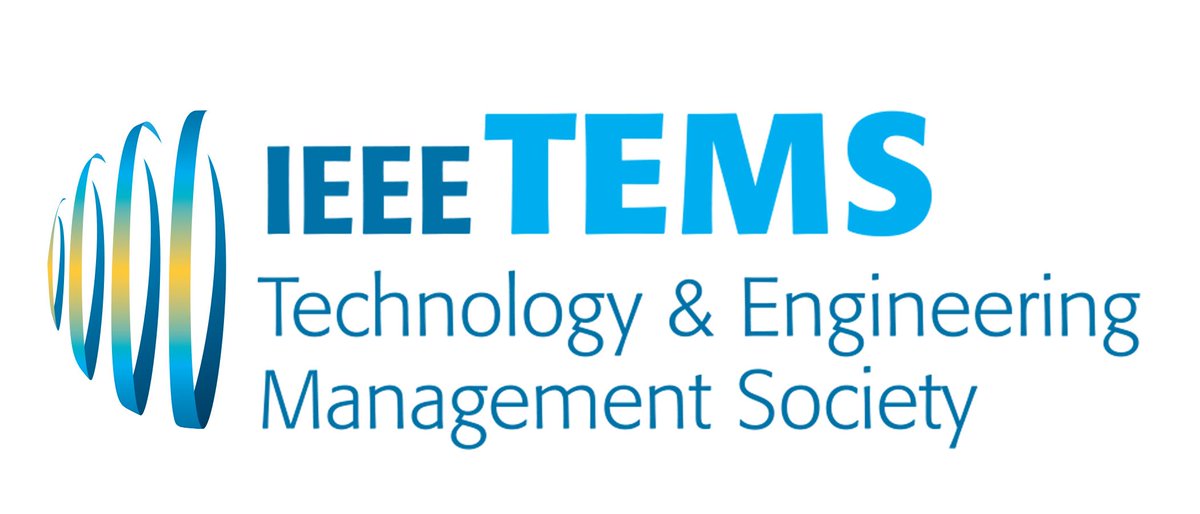Paper Submission
Templates
Papers will be selected through a double-blind refereeing process based on the submitted full papers.
Final papers should have no more than 7.000 words (max. 9 pages all inclusive) and must be in the correct format. The paper should clearly describe its purpose and relevance, a reference to existing theories and related works, research methods used and major results in engineering, technology and innovation.
- Word template for FINAL submission here: final-conference-template-a4-2023
- LaTeX template
- Final Submission kit (post-acceptance): 2023_ICE_IEEE_Authors Kit
Submit your paper on ConfTool:
[ Click Here for access ]
Papers are expected to be submitted in A4 format using the IEEE ICE 2023 paper template that further contains all relevant explanations about papers’ structure and layout as well as needed copyright information.
Reviewing process

Papers will only be accepted for review on the condition that the material is original, that it has not been copyrighted, published, presented or is currently submitted for consideration elsewhere.
Please see our ICE 2023 Author’s Kit for detailed instructions about all relevant dates, correct submission of needed documents, and Conference Proceedings.
Review criteria will be :
-
- The quality of the contribution to the existing body of knowledge in engineering, technology and innovation.
- The relevance of the article in regards to the conference topics.
- The scientific/innovation quality of the approach described in the article.
- The redaction quality and clarity.
Based on the recommendations of the reviewers, the editorial committee will allocate submissions for oral presentation of papers and/or for poster presentations (see below).
All accepted, compliant and plagiarism-free papers will be submitted for publication in the digital conference proceedings to be available via IEEE Xplore® (with ISBN Number and DOI for the paper), only if at least one author pays a full registration fee before the deadline.
All Abstracting and Indexing (A&I) providers can be found here: http://ieeeauthorcenter.ieee.org/when-your-article-is-published/abstracting-indexing-ai-databases/ and include amongst others Scopus and Web of Science.
Paper Structure
The full paper structure we recommend is the following:
Title
Abstract
1. Introduction (Motivation, context, objectives)
2. Existing Theories & Previous Work (Literature Review)
3. Methods
3.1 Presented study, Research question & Hypothesis
3.2. Applied Research Methods
3.3. Research Model(s) & Instrument(s)
3.4. Experiment(s) (setup, sample(s), protocol, briefing of participants)
4. Findings
4.1 Collected data
4.2 Analysis of collected data
4.3 Discussion (how much this study answers to the research question and validate
hypothesis, validate the model and its related instrument?)
4.4 Match and Contribution
5. Conclusion
5.1 Limitations
5.2 Concluding Remarks (sum-up the main findings and gained new knowledge as well as how
this study contributes to the progress in this research field)
5.3 Future Work
Acknowledgments
References
About the Title of your paper: Your paper title should be specific, concise, and descriptive. Avoid using unnecessary words such as “new” or “novel;” instead, include some keywords that will help a reader find your paper.
About your Abstract: Your abstract should provide a concise summary of the research conducted, the conclusions reached, and the potential implications of those conclusions. – Consist of a single paragraph up to 250 words that communicate clearly, with correct grammar and unambiguous terminology; – Be self-contained, without abbreviations, footnotes, references, or mathematical equations; – Highlight what is unique in your work; – Include 3-5 keywords or phrases that describe the research to help readers find your paper.
About the Introduction section: The introduction helps the reader understand why your research is important and what it is contributing to the field. Start by giving the reader a brief overview of the current state of research in your subject area and then progress to more detailed information on the specific topic of your research, ending with a description of the exact question or hypothesis that your paper will address. State your motivation for doing your research and what it will contribute to the field.
About the Methods section: – The methods section is where you formulate your research question, including a detailed description of the question, the methods you used to address the question, the definitions of any relevant terminology, and any equations that contributed to your work. – The methods section should be described in enough detail for someone to replicate your work.
About the Findings section: This section shows the results you achieved in your work and offers an interpretation of those results. Acknowledge any limitations of your work and avoid exaggerating the importance of the results.
For your paper to be eligible for acceptance, the author(s) need to add a very short paragraph at the end of the Discussion section of their paper, named “Match & Contribution.” It shall state clearly how, according to the author(s), their paper fits and contributes to the this conference Call-for-Papers (CfP) and how it fits and contributes to the Field of Interest (FoI) of the IEEE Technology & Engineering Management Society (TEMS). Author(s) should check the current TEMS FoI at https://www.ieee-tems.org/governance/ before submitting their paper to the conference.
About the Conclusion section: The conclusion summarizes limitations of your study, your key findings, any important conclusions that can be drawn, and further implications for the field. Also discuss benefits or shortcomings of your work and suggest future areas for research.
About the Acknowledgments section: In the acknowledgments section, you can recognize funding source(s), eventually respondents or participants engaged in your experiment(s) and individuals who provided assistance with your work but who do not meet the definition of authorship.The acknowledgments section is optional.
About the References section: This section provides citation information for all the previous publications referred to in your paper. Cite only those references that directly support your work.
Paper Presentation
Oral Presentation
Speakers will have 10 minutes for the presentation of their paper, and each speaker with be asked to be a rapporteur on one other paper, providing the first response to the author (2 min) and leading to questions and answers (3 min).
Poster Presentation
Posters will be shown throughout the conference, with a special Poster Session available for a short (3 min) presentation and discussion. Posters should be designed to be A0 size and further guidelines and templates will be made available.
PAPERS NOT PRESENTED AT THE CONFERENCE (EITHER AS ORAL OR POSTER PRESENTATIONS) MAY NOT BE INCLUDED IN THE CONFERENCE PROCEEDINGS.






Comments are closed
Comments to this thread have been closed by the post author or by an administrator.